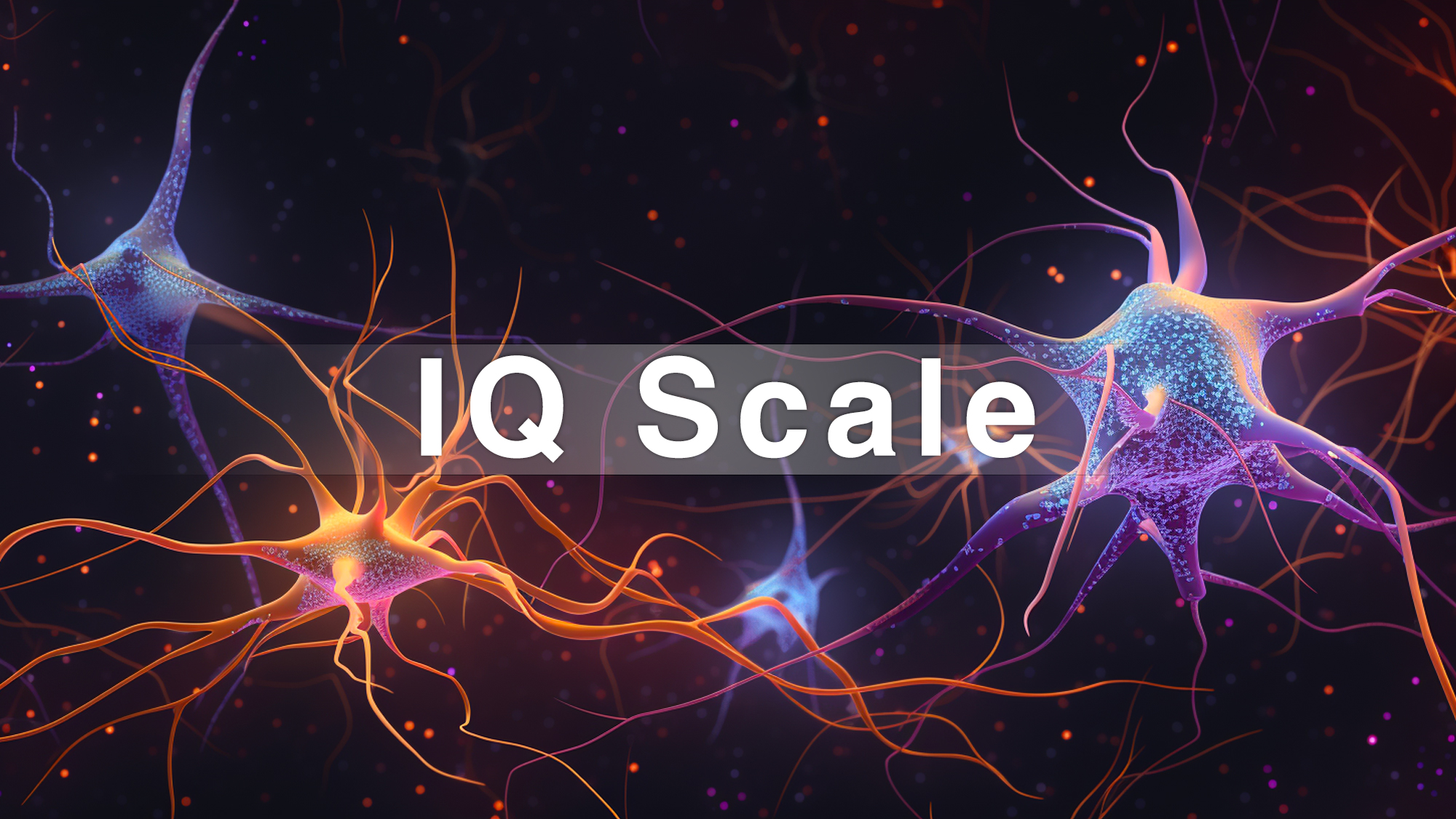In the realm of cognitive assessment and understanding human intelligence, IQ classification stands as a cornerstone. Intelligence Quotient, or IQ, is just a measure that attempts to quantify an individual's cognitive abilities. This information delves to the intricate world of IQ classification, exploring its history, controversies, and contemporary significance in gauging human intellect.

The Foundation of IQ Classification
Origins and Development
The concept of measuring intelligence dates back to early 20th century when French psychologist Alfred Binet pioneered the development of the first intelligence test. Binet's work laid the inspiration for what might later become the Intelligence Quotient, a numerical representation of an individual's intelligence relative for their peers. The Stanford-Binet Intelligence Scales, developed in the United States, further refined and popularized IQ testing.
The IQ Formula
IQ is usually calculated using the formula: IQ = (mental age / chronological age) x 100. In this formula, mental age represents an individual's level of intellectual functioning, and chronological age is their actual age. The effect is multiplied by 100 for easier interpretation. A score of 100 is recognized as average, with scores above or below indicating intelligence levels in accordance with the average.
The Spectrum of IQ Classification
Gifted and Genius
IQ classification places individuals into various categories based on the scores. The greatest range, often labeled as "Gifted" or "Genius," encompasses people that have scores well above the average. These individuals demonstrate exceptional intellectual abilities and may excel in fields such as for example mathematics, science, or the arts. The challenges faced by this group, including educational enrichment and social dynamics, are topics of ongoing discussion.
Above Average and Average
Scores above 120 are generally considered above average, while those around 100 belong to the common range. These individuals may excel in academic settings and have a good grasp of problem-solving and critical thinking skills. Many the people falls within the common range, representing a varied spectral range of abilities and talents.
Below Average and Intellectual Disabilities
Scores below 90 may lead to categorization as substandard, and further down the scale, individuals may be diagnosed with intellectual disabilities. This classification, however, has faced criticism for oversimplifying the complexity of intellectual capabilities and not accounting for cultural and socio-economic factors which could influence test performance.
Criticisms and Controversies Surrounding IQ Classification
Cultural Bias
One major criticism of traditional IQ tests is their potential cultural bias. Critics argue that the tests may favor individuals from certain cultural backgrounds, potentially disadvantaging those from different socio-economic or ethnic groups. Efforts to generate culturally fair assessments continue, but the challenge remains in designing tests that truly measure cognitive abilities independent of cultural influences.
Limitations in Assessing Creativity and Emotional Intelligence
IQ tests primarily focus on cognitive abilities related to logical reasoning, problem-solving, and memory. However, they often are unsuccessful in capturing aspects of intelligence such as for example creativity and emotional intelligence. Critics argue that relying solely on IQ scores may provide an incomplete picture of an individual's overall intellectual capabilities.
The Single Measure Conundrum
Reducing intelligence to just one numerical value is a subject of debate. Many psychologists argue that intelligence is multi-faceted and cannot be accurately captured by way of a single number. Alternative models, such as for example Howard Gardner's theory of multiple intelligences, propose that intelligence encompasses various domains, including linguistic, musical, and interpersonal abilities.
Contemporary Perspectives on IQ Classification
Fluid Intelligence vs. Crystallized Intelligence
Recent research has led to a distinction between fluid and crystallized intelligence. Fluid intelligence involves the capacity to solve novel problems and adapt to new situations, while crystallized intelligence relates to acquired knowledge and skills. This nuanced approach recognizes the dynamic nature of intellectual abilities and challenges the rigidity of traditional IQ classification.
Neuroscientific Advances
Advancements in neuroscience have contributed to a greater understanding of the neural basis of intelligence. Brain imaging techniques provide insights to the neurological processes related to various cognitive tasks. This interdisciplinary approach supplies a more holistic perspective on intelligence, emphasizing the interplay between genetics, environment, and neural mechanisms.
Beyond IQ: Emotional and Social Intelligence
Recognizing the limitations of IQ tests, contemporary discussions on intelligence extend beyond cognitive abilities. Emotional and social intelligence, popularized by Daniel Goleman, emphasizes the significance of understanding and managing emotions, along with navigating social interactions. This broader conceptualization acknowledges that intelligence encompasses a spectral range of skills vital for success in diverse aspects of life.
Navigating the Future of Intelligence Assessment
Personalized Learning and Individual Differences
As our understanding of intelligence continues to evolve, the continuing future of cognitive assessment may move towards more personalized and nuanced approaches. Acknowledging individual differences, strengths, and challenges is likely to be crucial in tailoring educational strategies and support systems to meet diverse learning needs.
Ethical Considerations and Fair Practices
Addressing cultural biases and ethical considerations in intelligence testing remains a priority. Striving for fairness and inclusivity in assessment tools is essential to prevent perpetuating systemic inequalities and to ensure individuals from all backgrounds have equal opportunities to showcase their intellectual abilities.
Embracing Diversity in Intelligence
As society progresses, the increased exposure of diverse kinds of intelligence becomes more pronounced. Valuing a selection of intellectual abilities and acknowledging that every individual possesses unique strengths plays a role in an even more inclusive and equitable method of understanding intelligence.
Conclusion
In summary, IQ classification has played a pivotal role in shaping our understanding of intelligence during the last century. From its origins in early psychometrics to contemporary discussions on fluid and crystallized intelligence, the landscape of IQ classification is continuously evolving. As we navigate the complexities of assessing human intelligence, it becomes increasingly clear that a comprehensive understanding of intellect extends beyond numerical scores. Embracing the diversity of cognitive abilities, acknowledging cultural nuances, and recognizing the significance of emotional and social intelligence pave the way in which for an even more holistic and equitable method of intelligence assessment in the years to come.
No comments:
Post a Comment